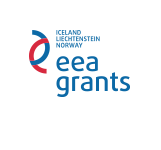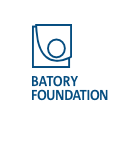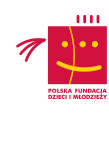Advocacy for Religious and Worldview Equality in Public Education
Combating discrimination
Completed
małopolskie
Kraków
2014-03-03 - 2015-12-31
246 377,54 PLN
221 586,00 PLN
multiculturalism, education system, religion and secularity, law
Project description
A 2012 study carried out by the Foundation showed that schools of the Małopolska region are guilty of religious or general belief discrimination. Many facilities e.g. demand written notice of abstaining from religion classes, in violation of the new resolution adopted in view of a European Court of Human Rights ruling. Under new regulations, schools are obliged i.a. to provide every pupil concerned with access to classes in ethics or in religion other than Roman Catholic; yet actual practice is different, with extensive Catholic content forming part of school life and space.
The purpose of the project was to make decision-makers and the public opinion aware of religious or general belief discrimination at schools, and to encourage parents and adult pupils to oppose such discrimination.
The project resulted in 27 interventions at schools and in 46 legal consultation sessions targeting parents and adult pupils. Discrimination practices at schools were described in a campaign involving a dedicated website, clips, and a conference.
The project involved the monitoring of 100 schools in the Małopolska region and of press reports for evidence of discrimination. Monitoring efforts resulted in interventions. Moreover, letters were exchanged with the Ministry for National Education, including recommendations concerning the prevention of religious or general belief discrimination. Parents and adult pupils were supported in specific cases (46 legal consultations). An information campaign was designed and delivered, involving a dedicated website (www.rownoscwyznania.org) with more than 260,000 hits to date, three radio spots, two monitoring reports, and a brochure containing a summary of project activities. The website was advertised in radio spots. Monitoring results and recommendations were presented at a summary conference attended by 32 persons.
Project beneficiaries included more than 12,000 persons – website and direct assistance users.
We use the grant for capacity building
The purpose of the project was to make decision-makers and the public opinion aware of religious or general belief discrimination at schools, and to encourage parents and adult pupils to oppose such discrimination.
The project resulted in 27 interventions at schools and in 46 legal consultation sessions targeting parents and adult pupils. Discrimination practices at schools were described in a campaign involving a dedicated website, clips, and a conference.
The project involved the monitoring of 100 schools in the Małopolska region and of press reports for evidence of discrimination. Monitoring efforts resulted in interventions. Moreover, letters were exchanged with the Ministry for National Education, including recommendations concerning the prevention of religious or general belief discrimination. Parents and adult pupils were supported in specific cases (46 legal consultations). An information campaign was designed and delivered, involving a dedicated website (www.rownoscwyznania.org) with more than 260,000 hits to date, three radio spots, two monitoring reports, and a brochure containing a summary of project activities. The website was advertised in radio spots. Monitoring results and recommendations were presented at a summary conference attended by 32 persons.
Project beneficiaries included more than 12,000 persons – website and direct assistance users.




